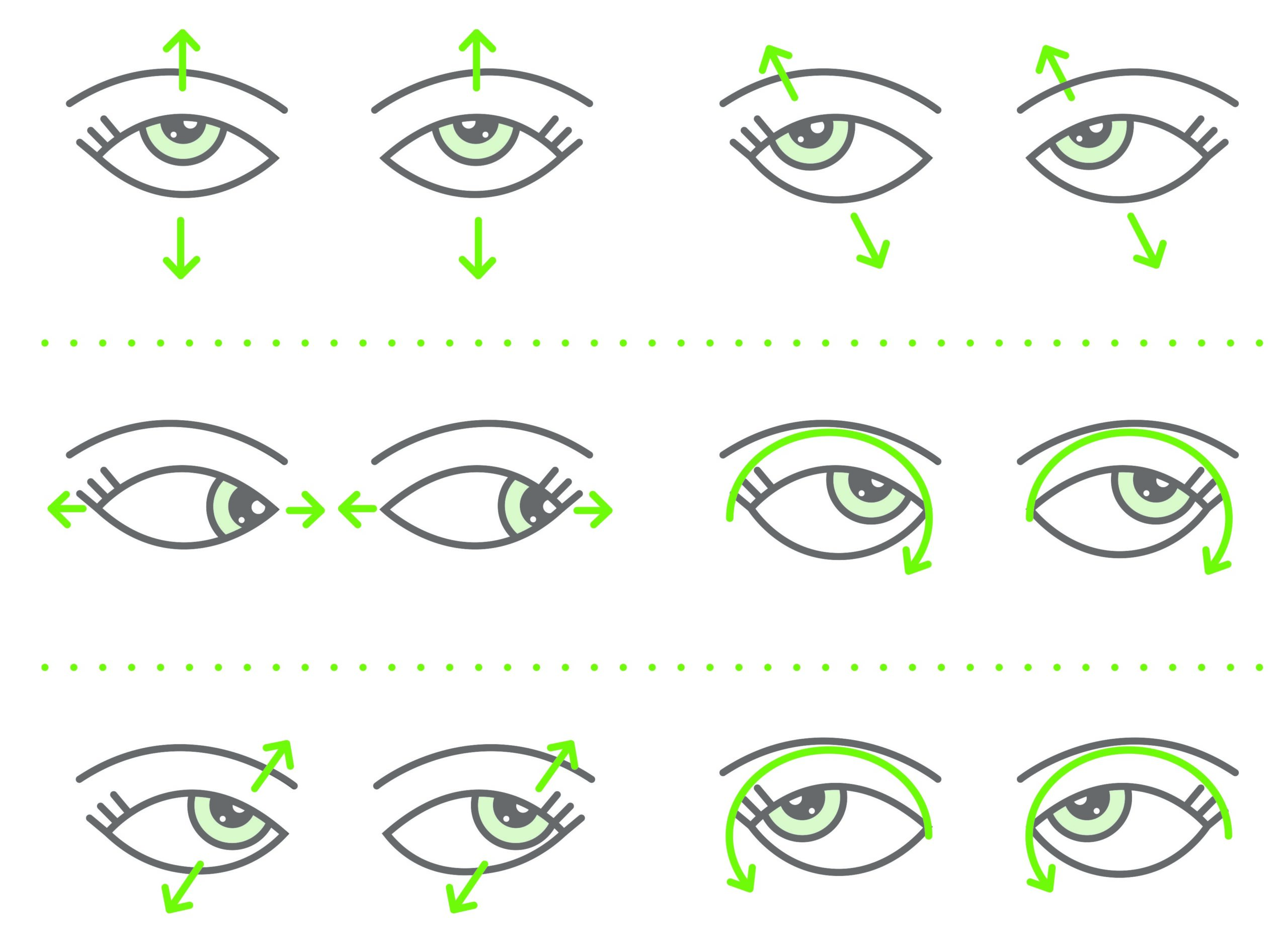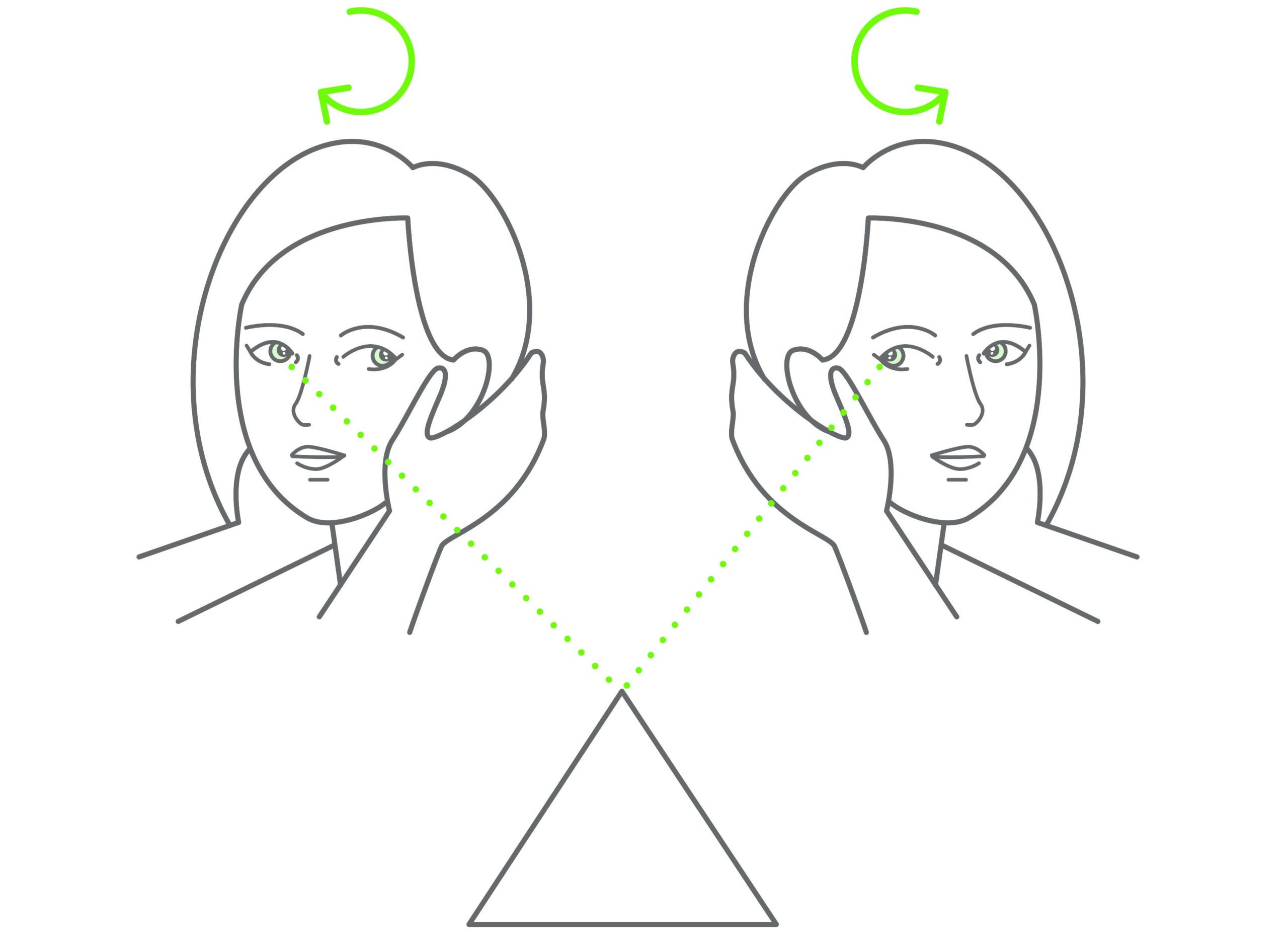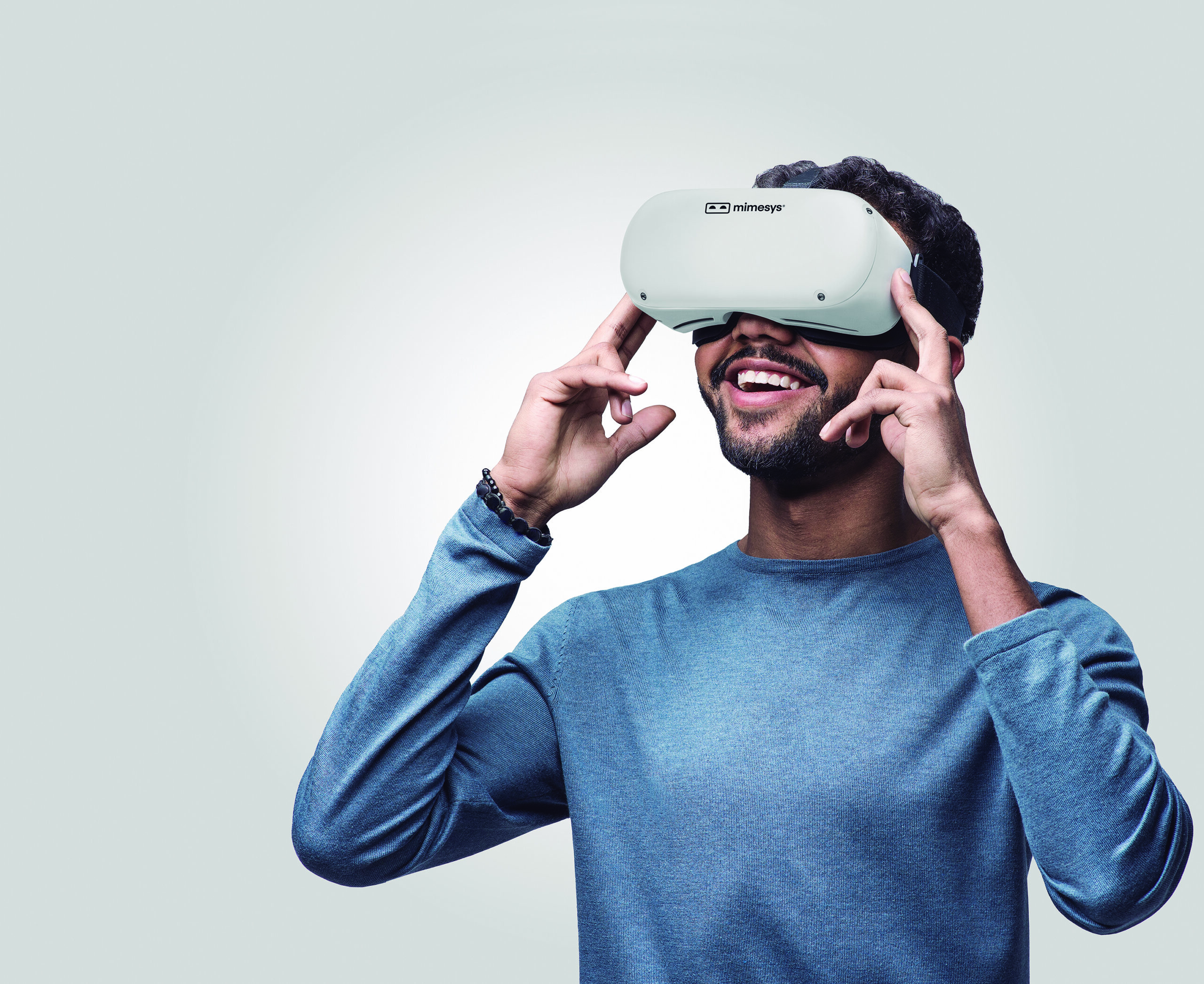1. INTRODUCTION
The desire to design the ideal progressive addition lens for each user has been a constant over the years. The tools that have emerged along the years to offer customization demonstrate this.
Since the first progressive addition lenses were industrially produced in 1959, a variety of companies have offered similar technical solutions. All the designs around that time were of a similar type giving birth to what today is known as the hard design philosophy, i.e., more abrupt transitions between the areas with and without unwanted lateral astigmatism. The first soft designs appeared in the 1980s, with a more gradual transition between those areas, but in exchange they suffered from some invasions of astigmatism into the usually clear areas. This led to trials and studies to try to understand people preference for one philosophy or another. First recommendations were based on the wearer’s experience with progressive lenses.
Later began the customization race where the position of wear of the frame would also be taken into account. Three additional parameters were required for this purpose: back vertex distance, pantoscopic tilt, and wrap angle. This had a significant contribution to the the user’s visual quality.
In the on-going search for personalization, the relationship between head and eye movements were also studied. For this purpose, a coefficient relating these two parameters was established and users were classified according to whether they moved their head more or less than their eyes.
In spite of the improvement in visual quality, progressive lenses did not still provide completely comfortable vision for all of the users. Then lens manufacturers began to show interest in understanding the effect of the lifestyle of presbyopic patients and in assigning designs based on their daily activities. By means of a questionnaire, the practitioner collected qualitative information about the patient’s activities and lifestyle to offer a solution that was adapted to his/her needs.
However, although this method is still widely used nowadays it relies on subjective information that depends on the patient’s perception and the circumstances they may be living at that particular moment. For example, when asked “how often you play sports,” or even “how much time you spend using electronic devices,” the same person can give different answers at different times of the week, or even answers that are strongly conditioned by their wishes rather than by reality. Furthermore, knowing the time spent on different types of activity does not give very relevant information about how lenses are used, since two people may behave very differently when doing the same activity.
In short, the various tools developed to customize progressive lenses have no doubt improved presbyopic users’ vision but it is still far from achieving the ideal solution that perfectly adapts to each patient’s needs.
2.GAZE DYNAMICS
Our visual system has a binocular horizontal visual field of 150º, increasing to 180º when monocular peripheral vision is included. The vertical field is 130º, 60º up and 70º down. In a multi-screen environment, patients require sharp vision across the horizontal field, taking into account the peripheral vision of the lens and avoiding the swim effect when looking from one screen to another.
DEFINITION
Gaze dynamics can be defined as the movement of your direction of gaze with the time. It involves the whole human oculomotor system (head, neck10, eyes) while the individual follows objects with his/her gaze that draw their attention or that are relevant to the activity they are performing. This combination of head, neck and eyes movements is unique to each person, as each individual has a different way of combining them (1).
For gaze dynamics to be considered as reliable, the user’s visual environment must be free of any visual impairment, meaning that no element in the system should prevent the individual from looking at objects naturally. So, we define the visual environment as the spatial area a person can reach by naturally performing a combination of eye and head movements.
GAZE DYNAMICS: WHEN IT FORMS AND HOW IT CHANGES
Development of perceptual (8) and oculomotor abilities of vision occurs as the necessary anatomical and physiological maturation of the visual structures is acquired.
The visual system is immature at birth. The motor response is limited due to the immaturity of the fovea, reduced visual acuity, and low contrast sensitivity. All of this limits fine control of accommodation, tracking movements, and precision of monocular and binocular alignment. A baby will be able to demonstrate a range of eye movements that, while less sophisticated than those of adults, indicate normal visual development (7).
Similarly, as you become older, some muscles and joints become less and less flexible and the tracking movements gradually increase eye movement ratio. In other word, gaze dynamics changes along the life of a person.
EYE MOVEMENTS
Eye movements (6) depend on the oculomotor system and have two main functions: to locate the image of the objects in the visual field in the fovea and to keep the image in that position. Among the various types of eye movements[1], tracking movements (see Figure 1) are the most relevant in the study gaze dynamics.
Tracking movements are oscillatory, rapid and with a clear fixation stimulus(2). They are voluntary, i.e., they are produced in a coordinated manner by both eyes. Their function is to maintain the gaze against involuntary eye drifting. They also regulate fixation4 in vergence movements (9).
[1] Consisting of fixational eye movements, saccadic movements, vergence eye movements composed of tracking movements, optokinetic nystagmus, fusion and stereopsis

Fig 1: Tracking movements
These movements are brief and intermittent in babies, interrupted by saccadic movements that help restore fixation. Tracking movements are not smooth until 8-12 weeks.
Horizontal tracking appears before vertical (as is case for saccadic movements). The individual also responds sooner to fixations at constant speed and later to fixations at variable speed.
HEAD MOVEMENTS
These are necessary to observe the whole visual environment. Their function within gaze dynamics is to compensate for eye movements to ensure correct fixation on the fovea.
Head movements are defined by the head-neck (10) combination. From a mechanical point of view, this is defined as a set of masses supported by a practically rigid system (the skeleton) connected by viscoelastic soft tissues.
When the head is tilted, the oculomotor system causes a torsion of the eyes intended to compensate for the loss of verticality that the retinal image would suffer under these conditions. The torsional VOR (vestibulo-ocular reflex) is responsible for this process (see Figure 2).

Fig 2: Torsional VOR
So, when the head is tilted to the right, there is a shift of the eyes to the left, while tilting to the left causes a shift of the eyes to the right.
In short, the visual system is responsible for compensating for the displacement generated in the image due to a head movement. In this way, gaze dynamics is the mechanism that ensures that the image will be as static as possible on the retina all the time.
GAZE DYNAMICS AND PROGRESSIVE LENSES
When the concept of gaze dynamics was introduced above, we talked about the required absence of impairments in the visual environment to make sure a person can perform eye and head movements without limitations. However, things change when progressive lenses are used.
With the use of progressive lenses, gaze dynamics encounters limitations. Progressive lenses have clear areas for all visual distances but as a side effect, they have other areas, typically on the sides of the corridor, with aberrations that the user perceives them in the form of blurring. This is usually known as unwanted astigmatism. This means that the visual environment will be limited, and therefore the user’s gaze dynamics will be altered.
3. GAZE DYNAMICS DIAGNOSTICS
GAZE DYNAMICS MEASUREMENT TOOL: Virtual Reality headsets
There are many commercial devices that allow the measurement of Gaze Dynamics. Eyetrackers are among the most common ones. These devices can trace the user gaze direction while s/he is exposed to different kinds of stimulus. Many studies use the measurement of gaze dynamics to understand preferences and priorities of users when being presented a lot of information simultaneously or when looking at different stimulus that keep their attention.
However, gaze dynamics applied to ophthalmic also need to track the users head movement to truly understand the real use of each area of the lens. In other words, recording only the gaze direction might not give you the full lens use information since the position of the head will ultimately determine through what area of the lens the gaze will go.
Recent technology advances in virtual reality headsets (see Figure 3) have brought this technology to a point that makes it specially suitable to be used as a gaze dynamics measurement device. A virtual reality headset with software specially designed can be used to diagnose the gaze dynamics of a specific patient, i.e. by enabling controlled measurement of eye and head movements in a controlled environment free of external factors.

Fig 3: Virtual Reality headset
This immersion allows the user to live the experience in first person, as they can see as if they were really inside the virtual world, minimizing the sensation of user-device interface and establishing a direct relationship between them.
Virtual reality headsets are composed of cameras and sensors that integrate the subject in the virtual environment and precisely record his/her movements in it. They also ensure an optimal binocular visual field, which gives an unrestricted space by simulating natural gaze movement. Speakers are usually present, as well, to enhance a fully immersive sensory experience.
In addition, given the three-dimensional nature of these systems, they can also allow gaze dynamics evaluation at many visual distances to register whether there are significant differences while the person looks at a stimulus that is at a near, intermediate or far distance.
DIAGNOSIS: FREQUENCY MAPS
Gaze Dynamics diagnosis for ophthalmic applications can be nicely represented using frequency maps (see Figure 4) . These maps can be readily calculated by taking into account eye and head movement and they allow you to identify what areas of the lens will be used in a higher or lower frequency.

Figure 4: example of a frequency map. Red color shows high frequency of use of that area while blue color shows low frequency of use.
Many parameters can be extracted from each of these maps. Overall size can be considered important since it is related to the total area of the used lens. Vertical to horizontal size ratio can also be relevant since it will show preference for longitudinal eye or head movements over transversal. And, obviously, the actual location of the maximum frequency areas should also be taken into account since it will show users preference for certain parts of the lens. Finally, when different maps registered at different distances are combined, the quality of the gaze dynamics study for that person can be greatly increased. All the information relevant for a fully personalized lens design can be revealed.
4. GAZE DYNAMICS DIAGNOSTICSTO PROVIDE TRULY PERSONALIZED LENSES
We know that user satisfaction with progressive lenses is subjective, i.e. it depends on each person’s perception. This means that, when trying two progressive lenses of the same category (e.g., Premium) but different manufacturer, two users may feel more comfortable with one over the other.
The reason behind this is that optical features that are significantly different among two designs can have different perception and acceptance by different users, but this is also telling us that a preferred ideal solution may exists for each person. That is why one of the major challenges in the ophthalmic sector has been to understand and characterize users to try to identify with parameters could reveal their preferences.
And accordingly, the major challenge in the lens designing field is to be able to provide a wide enough range of optical features in progressive lens designs that can fulfill user preferences. But what happens nowadays is that the progressive lens market offers a finite set of solutions. This means that a user has a limited list of lens design options available at a given selling point, often strongly biased by the previously established business relationship between the optical shop and its supplier.
Therefore, an unprecedented lens calculation technology needs to be created that can smoothly vary optical features continuously and gradually, without jumps, to accommodate any registered gaze dynamics.
Other industries, such as aeronautics, had a dream many years ago of continuously changing the geometry of physical objects applying what they call the morphing technique. Aeronautic engineers dreamed of modeling aircraft wing flaps in such a way that geometry changes could happen like those in a bird’s wings to optimize performance at any given moment. Optical industry needs to incorporate a similarly disruptive technology into designs to create infinite solutions for infinite individuals that enable the generation of the optimal solution for each of them, incorporating his/her frequency map as one of the main inputs. The result could finally be a truly tailor-made progressive lens for a particular user, which can take into account the gaze dynamics diagnosis of his/her unique way of looking at the world around him.
In summary, the combination of gaze dynamics measurements using Virtual Reality headsets with the appropriate designing flexibility can become the last frontier for the progressive design personalization. Thanks to it, a presbyopic patient will be offered a progressive solution that perfectly matches his/her visual requirements. A careful study and interpretation of the gaze dynamics can allow an accurate and reliable diagnosis for each patient to create a solution for them that will be his/her preferred one.
And probably more important, the gaze dynamics measurement using a virtual reality device can take the lens shopping experience to an un precedented exciting level where the lens selling step is no longer a disorienting moment of pain where customers need to cope with the idea of paying the highest cost of the spectacle for a round transparent piece of material that the ECP prescribes. Instead, s/he can perceive s/he is now an active part shaping the lens features through an immersive and unique experience.
5.REFERENCES
1 Alberich, J. Ferre, A. Gómez, D. Percepción Visual. Universitat Oberta de Catalunya.
2 Antony, F. Coordination of Eye and Head Movements during Reading. Article in Investigative Ophthalmology & Visual Science · July 2003
3 Azadi, R. De Vries, J.P. Harwood, M.R. The saccadic size-latency phenomenon explored: Proximal target size is a determining factor in the saccade latency. Vision Research.
4 Federico, A. Federighi, P. Rosini, F. Rufa, A. Veneri, G. Evaluating gaze control on a multi-target sequency task: The distribution of fixations is evidence of exploration optimization. Computers in Biology and Medicine.
5 Matás, M. Desarrollo de la Personalidad Humana.
6 Motilidad y Percepción Binocular: Tipos de Movimientos Oculares. Universitat Politècnica de Catalunya
7 Pacheco, M. Desarrollo Postnatal de la Función visual. Universistat Politècnica de Catalunya.
8 Peter N.T. Wells, William R. Hendee. The Perception of Visual Information. Second Edition.
9 Pons, A. Fundamentos de visión Binocular. Universidad de Alicante.
10 https://es.slideshare.net/Natt-N/movimientos-del-cuello-55378548
Article published on MAFO OPTICAL magazine:
https://app.mafo-optics.com/en/profiles/ac6fdce54d5e/editions/141d26d860cd63b8f4b8/pages/page/13


